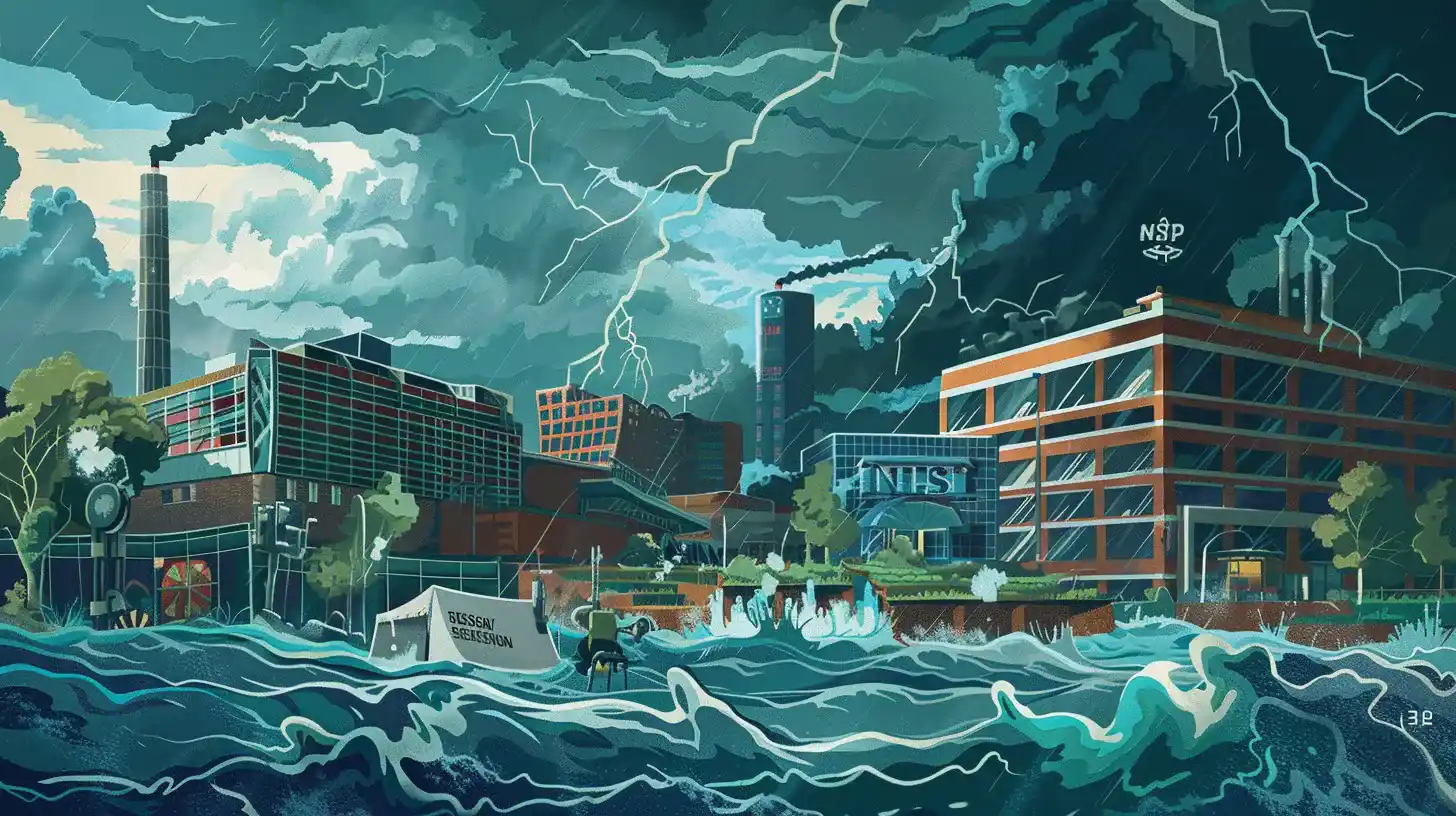Table of Contents
In an ambitious move to steer the rapidly evolving AI Regulation landscape towards a safer future, President Joe Biden has mandated the National Institute of Standards and Technology (NIST) with a critical role. This initiative, part of a comprehensive executive order, aims to ensure AI’s deployment does not come at the cost of societal harm. However, despite its lofty goals, NIST confronts significant operational challenges that could hinder its mission.
The Crucible of Funding and Infrastructure
At the heart of NIST’s struggles lies a pressing issue: insufficient funding. This monetary shortfall has manifested in dire conditions at its Maryland and Colorado campuses, where staff and operations grapple with a host of infrastructural problems. Facilities plagued by black mold, frequent power outages, unstable internet connectivity, and water damage underscore the dire state of affairs.
“If we knew rain was coming, we’d tarp up the microscope,” James Fekete, a former chief at NIST, illustrated the makeshift solutions employees resorted to in the face of these challenges.
The Formation of the AI Regulation Safety Institute
In response to the executive order, NIST is forging ahead with plans to establish an AI Safety Institute. This endeavor, supported by over 200 entities, including behemoths from the tech industry, signifies a collaborative effort to mitigate the risks associated with AI technologies.

However, the involvement of Big Tech firms, such as Amazon’s $5 million contribution in computing resources and Microsoft’s provision of engineering teams, raises concerns about potential undue influence over the regulatory landscape. The integration of such significant resources from the private sector underscores the complexities of navigating AI regulation amidst corporate interests.
Environmental and Operational Hurdles
Former acting NIST director Kent Rochford’s account of the deteriorating physical conditions — from unsealed windows allowing dust intrusion to makeshift solutions for leaks — paints a picture of an institution struggling to maintain its operational integrity. Despite these hurdles, NIST remains committed to fulfilling its mandate.
The Commerce Department asserts that while additional resources are indeed necessary for addressing AI’s long-term challenges comprehensively, NIST is well-prepared to lead the charge in AI-related research and development.
Policy Formulation and Collaboration
The Biden administration has actively engaged with various stakeholders to shape AI policy that promotes fair, open, and competitive markets. Meetings with representatives from organizations backed by left-wing entities have focused on crafting policies that protect democratic values from AI’s potential threats, including disinformation.
This collaborative approach reflects the administration’s broader commitment to leveraging AI for the public good while safeguarding against its risks.

Navigating AI Regulation Amidst Infrastructure and Influence
As NIST endeavors to fulfill its pivotal role in AI regulation, it faces the dual challenge of overcoming its infrastructural deficiencies and ensuring that its regulatory framework remains independent of the outsized influence of Big Tech. The Biden administration’s assurance that NIST has met the milestones set forth by the executive order, despite the reported conditions, highlights a commitment to advancing AI regulation.
However, the path forward requires not only addressing the immediate logistical challenges but also navigating the intricate dynamics of public-private partnerships in shaping the future of AI governance.
In summary, the journey towards effective AI regulation under Biden’s NIST is fraught with both physical and philosophical challenges. From battling the immediate practicalities of infrastructure woes to the broader concerns of ensuring unbiased regulatory oversight amidst Big Tech’s involvement,
NIST’s mission encapsulates the complexities of steering the AI juggernaut. The administration’s efforts, coupled with NIST’s resilience, underscore a steadfast pursuit of a future where AI’s potential is harnessed responsibly, safeguarding societal well-being against the backdrop of technological advancement.